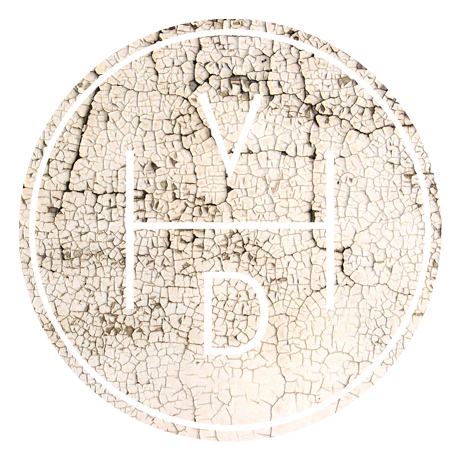William Kemsley, Jr. - The Whole Hiker's Handbook, 1979
What could be finer for a Spring day hike than a Ziploc bag full of homemade beef jerky goodness?
There are no doubt more complicated and involved ways to make it and some of the jerky connoisseurs may frown upon this method, but it was super simple, delicious and was made without a dehydrator. I found the recipe in "The Whole Hikers Handbook - The Definitive Sourcebook Featuring The Best Of Backpacker Magazine" published in 1979 by William Kemsley, Jr.
Jerky Preperation
“Jerky is very popular, though I hardly ever take it. If I do, it is not the commercially prepared type. I like the homemade variety. Here’s a recipe for it.
Beef Jerky
1 ½ lbs. beef (flank or round)
1 tsp. seasoned salt
1 tsp. onion powder
½ tsp. garlic powder
¼ tsp. pepper
½ cupWorcestershire sauce
½ cup soy sauce
Remove all fat from meat. Cut into ¼” slices along the grain. It is easier to slice if partially frozen.
Combine dry and liquid ingredient to make marinade. Marinate meat overnight in refrigerator. Drain. Lay meat strips on over rack and place foil on bottom rack to catch drippings. Leave door ajar. Set oven at 150˚F. Dry meat for 6 hours. Turn oven off and leave meat in oven for another 6 hours.
Store Jerky in covered container with holes punched in lid. Makes one pound.”
Finished Jerky
As my first foray into the world of dried meat I can claim this as a success; it was meaty and tasted of beef, not teriyaki or cracked pepper, which I liked a lot. It was a little heavy on the sodium so some fine tuning will be in order, but I'll be making it again for sure - in time for some Summer hiking perhaps. If you give it a try I'd love to hear about your results or any alternative recipes you have. Happy Spring, FINALLY!














